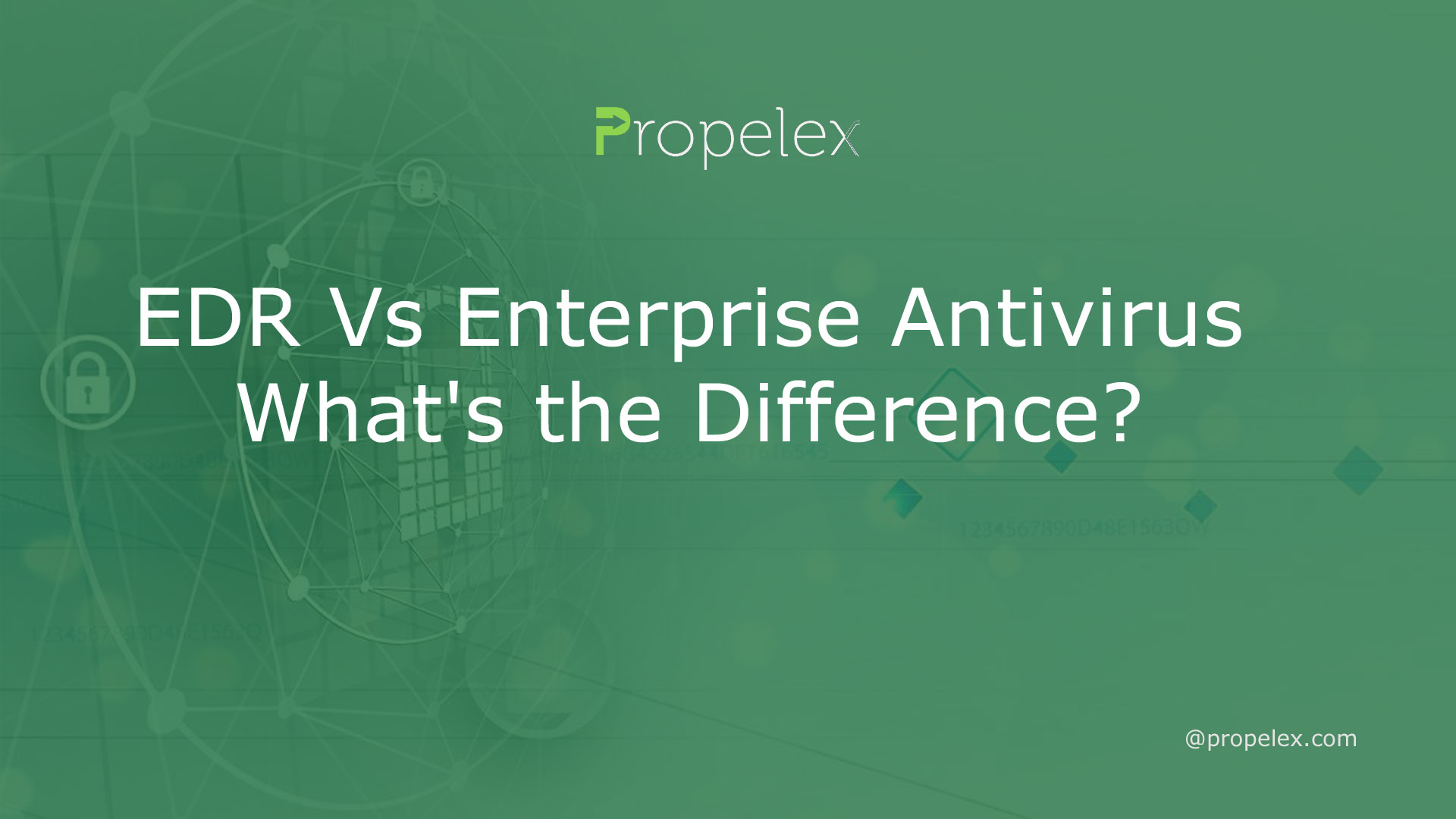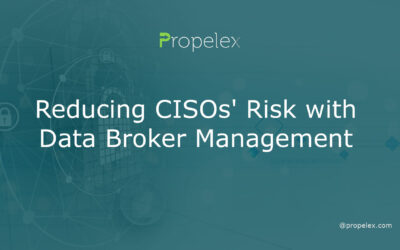If you’re trying to choose between the latest and greatest Antivirus solutions available, it’s a good idea to understand the difference and compare EDR vs Enterprise Antivirus. As the name implies, the former targeted at preventing malware from reaching the end-user’s computer, while the latter designed for protecting the organization’s entire network. Both are important, but each has advantages and disadvantages.
EDR
When it comes to choosing the best EDR, many organizations must face the fact that not all solutions created equal. Luckily, there are a few key things to know when selecting the right security solution. The first step is understanding how to distinguish the true EDR from its cousins.
Unlike antivirus, an EDR solution can monitor suspicious activity on endpoints and alert administrators to act. Using advanced analytics and machine learning, EDR tools able to provide a deeper level of visibility into your network. Combined with traditional security measures, EDR can protect your organization from cyberattacks.
An EDR can also block network access to infected endpoint devices, isolate infected systems, and detect and block reconnaissance attacks. It can also send out alerts for a variety of other activities, such as malware infections and ransomware.
Although antivirus is often the first line of defense, it does not offer comprehensive protection against the latest threats. Some threats can easily bypass traditional antivirus technology. For example, ransomware operators have moved beyond simple file-based attacks and are now launching human-operated attacks, starting with compromised credentials.
Enterprise Antivirus
Antivirus (AV) and EDR are both powerful security tools, but they have their own unique advantages. When selecting a product, you need to evaluate both its capabilities and your organization’s needs.
The most basic antivirus program scans a computer’s operating system (OS) and files for known malware. It also provides some protection against internal attacks. However, todays cyberattack are much more sophisticated. It’s no longer enough to simply protect a computer from malware.
A sophisticated EDR solution uses several technologies to detect and prevent viruses. Its agents installed on each endpoint, and its analytics run in the background to detect suspicious behaviors. It can even quarantine infections, terminate malicious processes, and identify unique IoCs.
Using an EDR is a more scalable approach to securing endpoints. It’s more cost-effective and offers advanced capabilities.
An EDR can isolate an infected device, roll it back to a pre-attack state, and alert security teams. It can also block network access to infected endpoints.
Next-Generation Antivirus
Next-Generation Antivirus (NGAV) uses artificial intelligence and machine learning to detect and block malware. NGAV is design to defend against advanced threats that cannot be detected by traditional antivirus solutions. NGAV works by analyzing endpoint activity. This includes detecting suspicious behaviors in real time.
NGAV takes advantage of a cloud-based architecture that minimizes the impact of its agent on the endpoint. This cloud-based architecture also allows for faster deployment and easier maintenance.
Unlike traditional antivirus, NGAV has built-in artificial intelligence and uses cloud-based technology. This combination allows for more effective detection and response.
NGAV also uses predictive modeling and anomaly detection to better detect and analyze suspicious behaviors. By using these advanced technologies, NGAV able to detect and block new attack techniques in real time. This means that NGAV can protect against most “next-generation” attacks.
The primary difference between NGAV and traditional antivirus is that NGAV uses a behavioral approach, instead of a signature-based approach. In addition, NGAV takes a system-centric approach and uses information about the processes on the endpoint to prevent future attacks.
EPP
An effective corporate IT security strategy is one that combines device-specific antivirus protection with endpoint security. This is a combination of the best practices of traditional antivirus software with an enhanced set of capabilities. It allows security managers to schedule patches and updates across all devices.
In today’s threat environment, antivirus software is no longer enough to secure your network. Instead, you must use a wide array of solutions to protect your network and perimeter from cyberattacks.
An EDR (Endpoint Detection and Response) solution can be use to stop a threat before it even enters the network. It can also help security teams identify attacks and understand how the network behaves.
Some EDRs have cloud-based functionality. This enables organizations to access data more quickly. It can also help security teams track activity from all devices in real time.
Another EDR solution, Managed Detection and Response, uses artificial intelligence to monitor, respond to, and contain security incidents. Using this technology, companies can detect and investigate incidents and prevent them from spreading across their networks.









